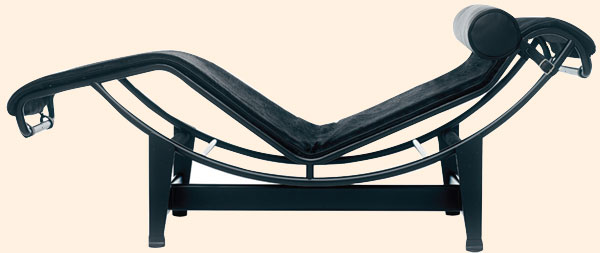Design classic: The LC4 Chaise Longue by Le Corbusier
Simply sign up to the Life & Arts myFT Digest -- delivered directly to your inbox.
Charles-Édouard Jeanneret-Gris, better known as Le Corbusier, described the houses he built as machines for living in. And one of his most famous pieces of furniture, the LC4 Chaise Longue, later became known as a “relaxing machine” because of the way its curves mirror those of a lounging body.
Born in Switzerland in 1887, he adopted the name by which he is better known in the 1920s. It was an adaptation of his grandfather’s name Lecorbésier, making it a play on “crow-like” (the French for crow being le corbeau).
He trained first as an engraver and goldsmith, but he also studied architecture and designed his first building at the age of 17.
Le Corbusier would later become renowned for his concrete buildings, some of which remain controversial to this day. Salvador Dali said his designs were the “ugliest and most unacceptable buildings in the world”. But Le Corbusier believed passionately that modern life demanded, and had been waiting for, a new kind of plan for both the house and the city.
Having designed useful houses, Le Corbusier felt that they needed useful furniture to go in them. He had originally used ready-made pieces by Thonet to furnish his projects but, in 1928, he set up a partnership with his cousin, Pierre Jeanneret, and Charlotte Perriand, who would later become an influential designer in her own right, working with Sori Yanagi, who created that other great classic, the butterfly stool.
They came up with the simple, tubular designs and called them “equipment d’habitation” – or functional furniture – fit for those machines for living in. Le Corbusier argued that furniture should be “extensions of our limbs and adapted to human functions”. Their designs were based on the golden mean, a system of proportion based on the male body.
In 1964, Le Corbusier signed an agreement with Cassina, who still produce his furniture today. The following year he died while swimming off the coast of Roquebrune-Cap-Martin in the south of France.

Comments